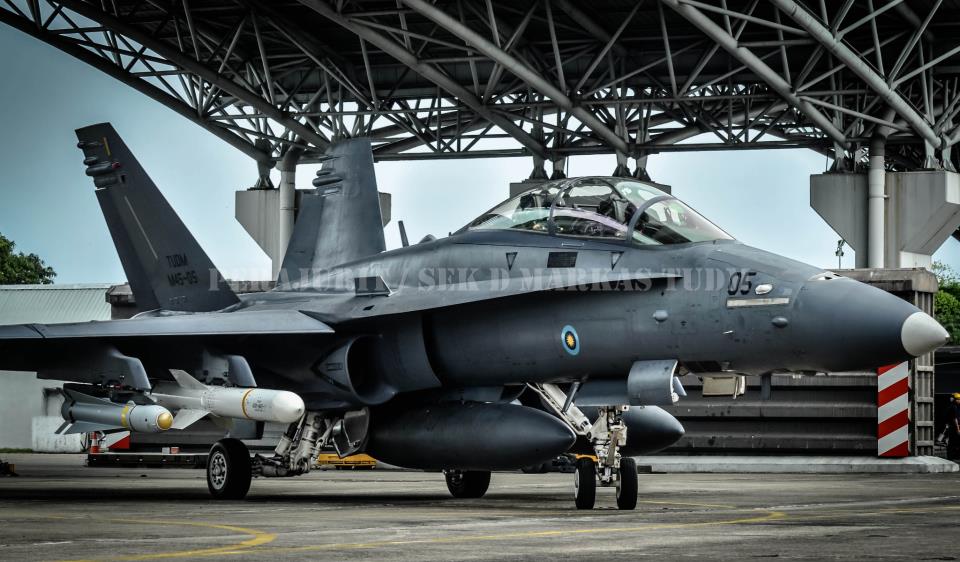
SHAH ALAM: Malaysia joined the US and eight other countries in procuring spares for the Boeing Harpoon and SLAM-ER missiles. Boeing received a $12.3 million contract from the US Navy to produce the missile spares, the US announced on Feb. 13, 2017.
The spares for Malaysia and the other countries including Australia, Saudi Arabia, Canada, Japan, Turkey, India, Thailand and Taiwan are being procured for the US Foreign Military Sales Program. The contract combines the purchases of the US Navy and the foreign governments.
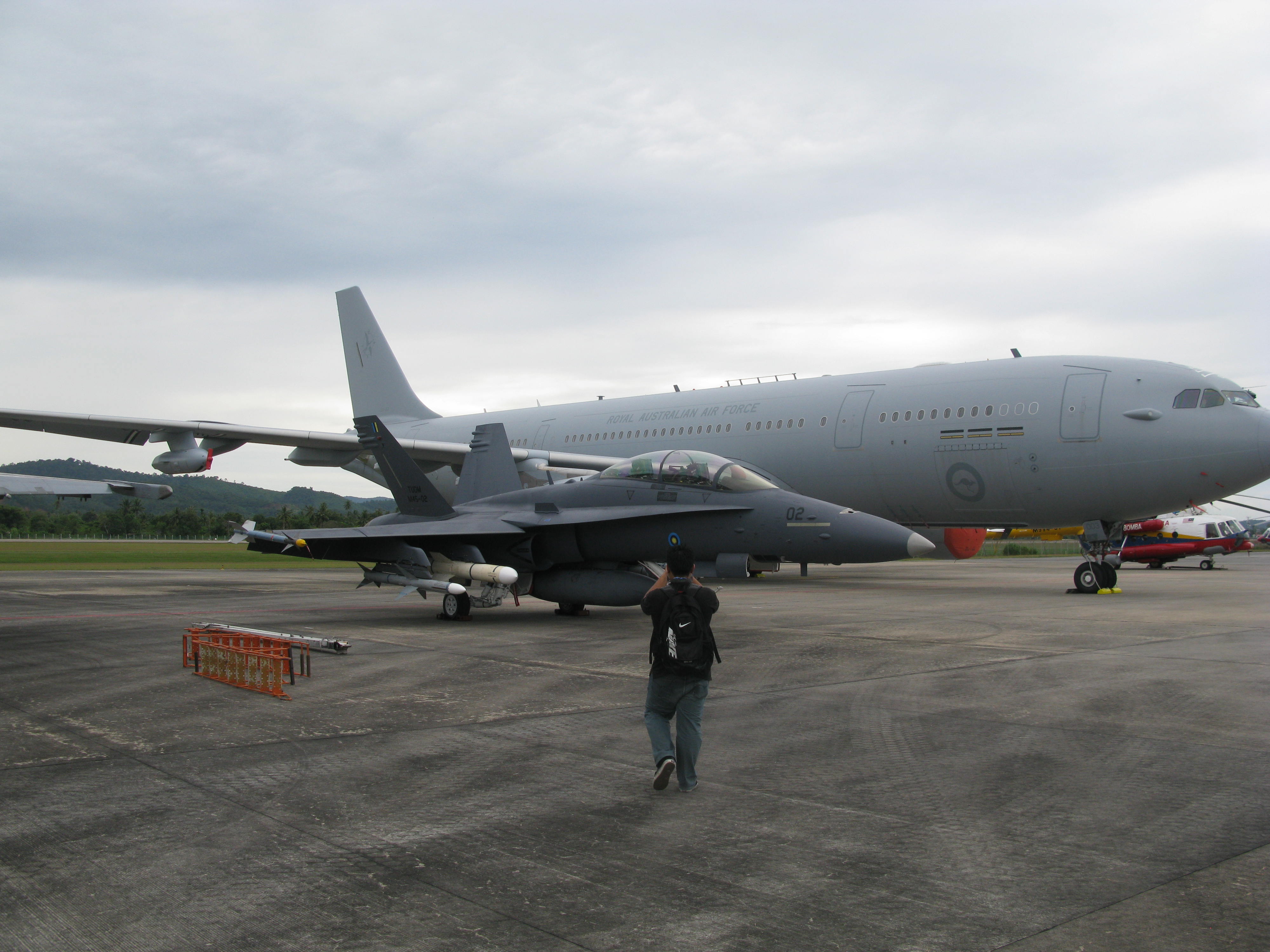
The work will be performed in Texas, Missouri, North Carolina and several other locations, and is expected to be completed by December 2018.
The Malaysian part of the contract is worth US$309,852 or 2.5 percent and based on the contract announcement it probably involved 17 missiles though it could be just 17 specific items.
And no, we do not have SLAM-ERs.
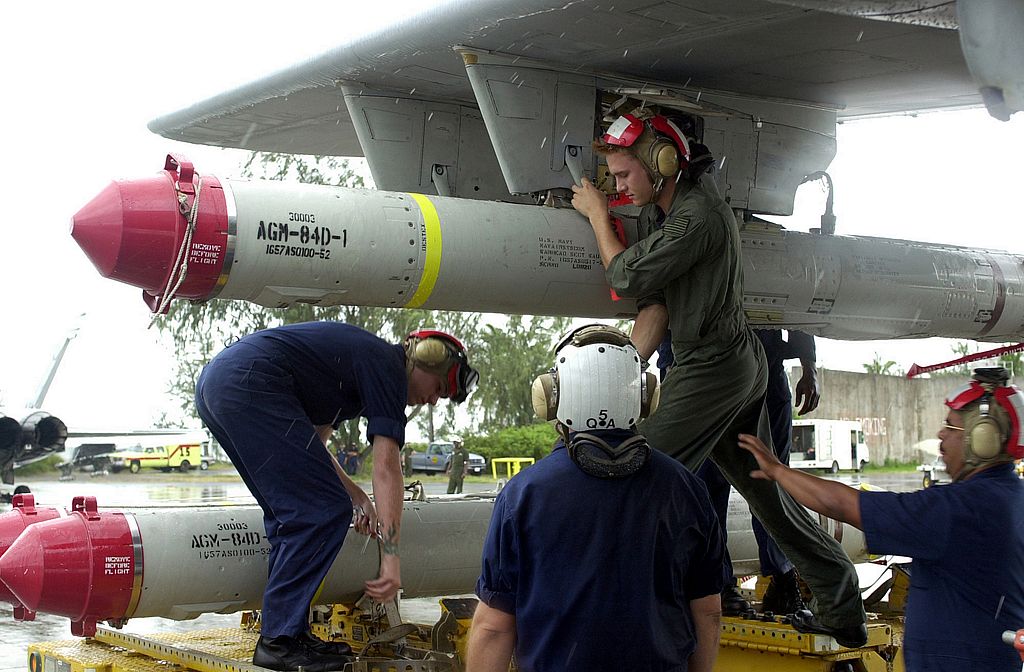
The Boeing Co., St. Louis, Missouri, is being awarded a $12,399,305 firm-fixed-price contract for the procurement of spares in support of Harpoon and Stand-Off Land Attack Missile-Expanded Response (SLAM-ER) for the Navy (83); and the governments of Saudi Arabia (143), Australia (5,734), Canada (50), Japan (96), Malaysia (17), Turkey (11), India (24), Taiwan (3), and Thailand (1). Work will be performed in McKinney, Texas (29.56 percent); St. Charles, Missouri (21.51 percent); Black Mountain, North Carolina (15.04 percent); Joplin, Missouri (14.72 percent); Beverly, Massachusetts (4.24 percent); Burnely, United Kingdom (3.30 percent); Galena, Kansas (3.26 percent); Hayward, California (2.83 percent); Lititz, Pennsylvania (1.40 percent); Landsdale, Pennsylvania (1.01 percent); St. Louis, Missouri (0.94 percent); Middletown, Connecticut (0.70 percent); Chandler, Arizona (0.41 percent); Toledo, Ohio (0.29 percent); Skokie, Illinois (0.25 percent); Staten Island, New York (0.16 percent); Roswell, Georgia (0.10 percent); Huntington Beach, California (0.09 percent); Chatsworth, California (0.08 percent); St. Petersburg, Florida (0.07 percent); Irvine, California (0.03 percent); and Carson, New York (0.01 percent), and is expected to be completed in December 2018. Fiscal 2016 weapons procurement (Navy); and foreign military sales funds in the amount of $12,399,305 are being obligated at the time of award, none of which will expire at the end of the current fiscal year. This contract was not competitively procured pursuant to 10 U.S. Code 2304(c)(1) XX. This contract combines purchases for the Navy ($1,977,154; 15.95 percent); and the governments of Saudi Arabia ($4,913,562; 39.63 percent); Australia ($2,189,643; 17.66 percent); Canada ($1,371,188; 11.06 percent); Japan ($1,101,488; 8.88 percent); Malaysia ($309,852; 2.50 percent); Turkey ($293,895; 2.37 percent); India ($116,138; 0.94 percent); Taiwan ($105,991; 0.85 percent); and Thailand ($20,394; 0.16 percent) under the Foreign Military Sales program. The Naval Air Systems Command, Patuxent River, Maryland, is the contracting activity (N00019-17-C-0012).
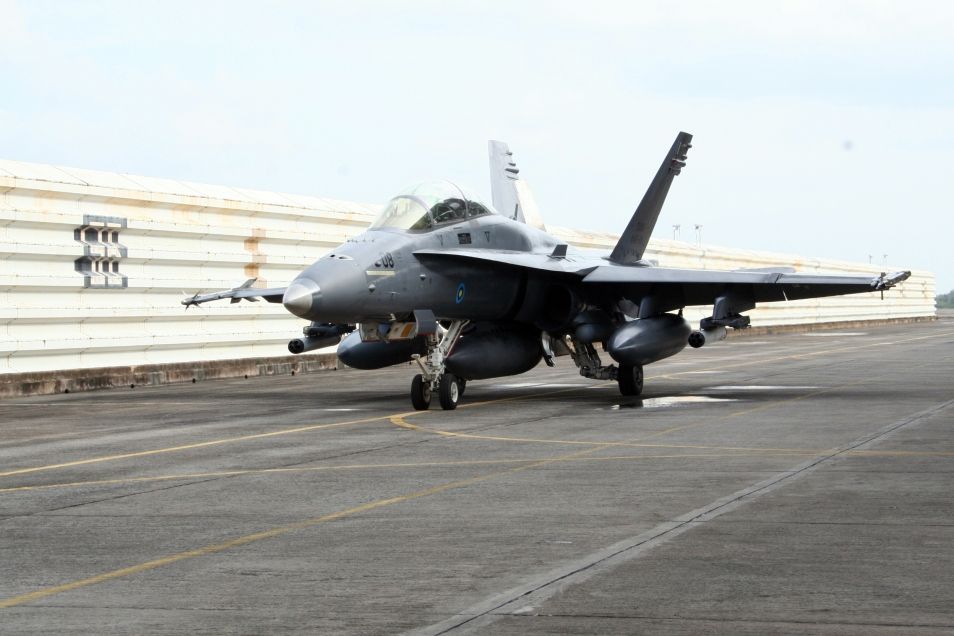
Checks showed that Malaysia bought 29 Harpoon missiles in two batches – 25 in 1994, delivered in 1997 while another 4 was ordered in 2006 and delivered a year later. The Harpoons operated by the 18th Squadron are the AGM-84A air-launched version.
A number of Harpoons have been fired in the past during exercises though the actual numbers are not known.
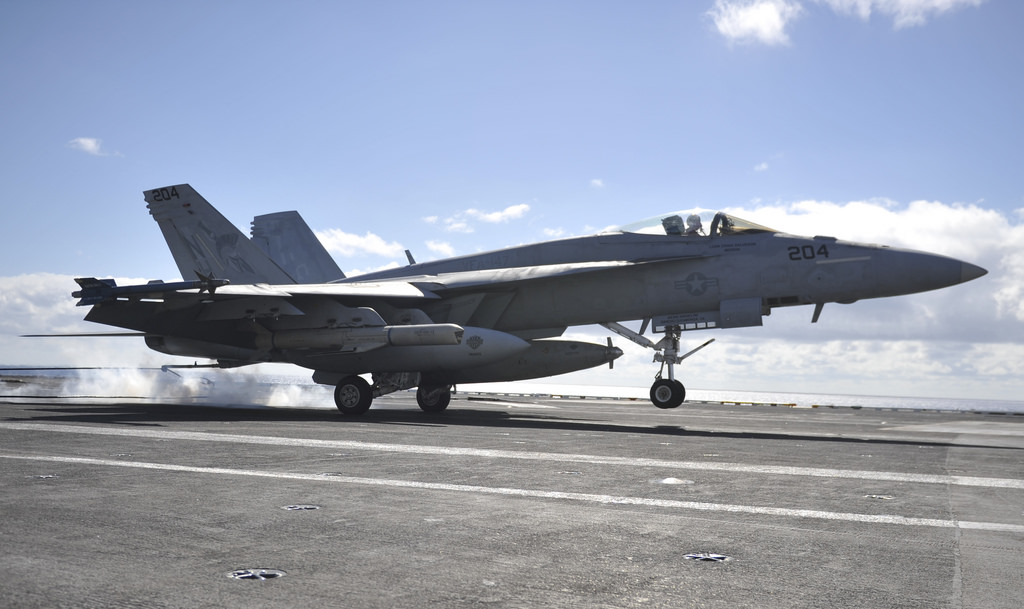
The Harpoon is an all-weather anti-ship missile system initially developed by McDonnell Douglas. The system uses active radar homing to track down targets, and can be integrated with fixed-wing aircraft, surface ships and submarines.
The Stand-Off Land Attack Missile-Expanded Response, or SLAM-ER, is a precision-guided cruise missile also used for engagements in maritime environments. The weapon uses a combination of infrared imaging and GPS technology to track down moving and stationary targets.
By joining the US Navy and other users for this contract, RMAF would have gotten a much cheaper deal than if it had opted to buy the same things on our own. It does the same thing for the Hornet fleet overall though sometimes we skimp on things when the budget was tight.
— Malaysian Defence
If you like this post, buy me an espresso. Paypal Payment



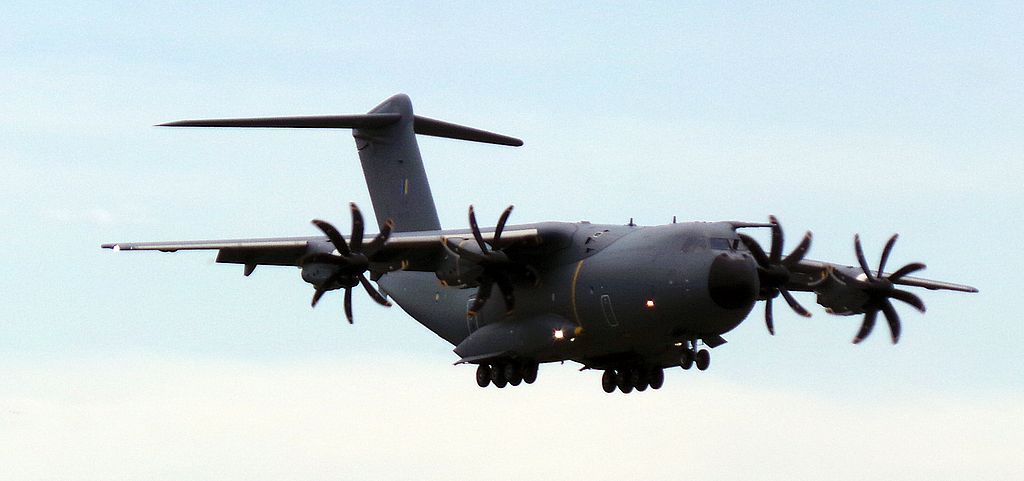
USA is still a very important source for our armament needs.
That is why a very good diplomatic relation between Malaysia and the US goverment is not an option, but a must for the time being.
“Our armament needs” you say?
We only had 8 aircraft that could fire harpoon. That’s why we only have like 2 dozen of them in the inventory. For comparison, we are one of the biggest importer of Exocet missiles
Had the yanks gave us the source code, we’d be flying the birds with exocet missiles instead of harpoon.
Reply
With eight planes there is no need to integrate another missiles on them.
Off topic. Within the last two months, the aircraft at the Air Force museum have been moved under an open canopy at the police air wing. Previously they were out in the open.
Reply
They have been moved there since late last year as work had started around the museum’s ground. This is part of the move to redevelop the airport. It is likely that the move to Sendayan will take place next year. As for the museum, it is likely a new one will be built in Malacca though the exact location is yet to be confirmed.
You’d think we’d buy a few more missiles for training over so many years.
What I mean is, the museum aircraft were moved to open storage at the police air wing compound last year. It was only within the past 2 months that they were put under a canopy.
Alex,
We have never operated the air launched version of Exocet.
Being a large importer of Exocet is not surprising because we had numerous vessels sporting it for many decades, from FACs to various frigates and now the Scorpenes.
May i know what spares are needed in a missile?
Off topic again, but ACV-15, on which Adnan was based, is in combat with Turkish forces in Al Bab.
alex-what source code u talk about? Our bugs already equipped with almost all the armaments for Legacy & SH. With the new MRCA coming, hope it has the ability to use all the existing missiles too. Superbugs is the most logical choice.
The spares could be any part that was discovered not working during regular testing as well as those that reached the recommended replacement intervals.
Munitions go through component tests and live firing. The idea is as much to check on the missiles themselves as the storage conditions. For parts like the rocket propellant, testing means consuming it so buying spares is inevitable.
You might know that the missile components are stored disassembled to make testing and proper storage easier, as well as for safety reasons.
For munitions that come in bulk quantities eg small arms rounds, test batches are taken from each factory lot number and fired.
Alex – ”Had the yanks gave us the source code”
Integrating Exocet to the Hornet would have required not only the Americans providing the needed codes but also MBDA. It would have required more than one party to integrate and certify Exocet on the Hornet. Even if we had the cash to throw away, the whole exercise would have been silly given that Harpoon was already cleared for use on the Hornet. We had zero intent to use Exocet on the Hornet.
@AM
“Off topic again, but ACV-15, on which Adnan was based, is in combat with Turkish forces in Al Bab.”
Most curiously around four months ago, videos released by Levant Front and Sultan Murad Brigade have shown ACV-15s operated by rebels, allegedly Turkish but I don’t think there’s any doubt about it. Both rebel groups are operating in northern Aleppo in order to isolate Efrin canton from the rest of Rojava under the pretense of fighting ISIS.
The Levant Front is the Aleppo branch of Ahrar al-Sham, which is an ally of Jabhat Fatah al-Sham (formerly known as Al-Nusra Front) and once an ally of ISIS. The group denies having any ties with Al-Qaeda despite having an Al-Qaeda top chump as co-founder, who has a penchant for multiple nom de guerre.
Ps: Marhalim, I’m having a very hard time passing through your captcha. Any tips to make it easier?